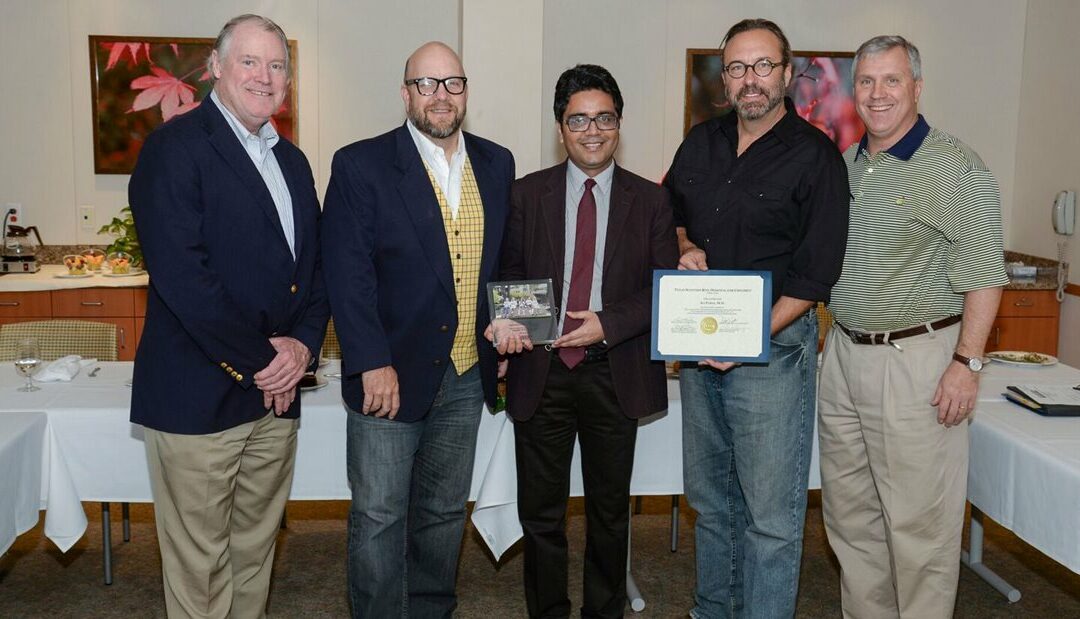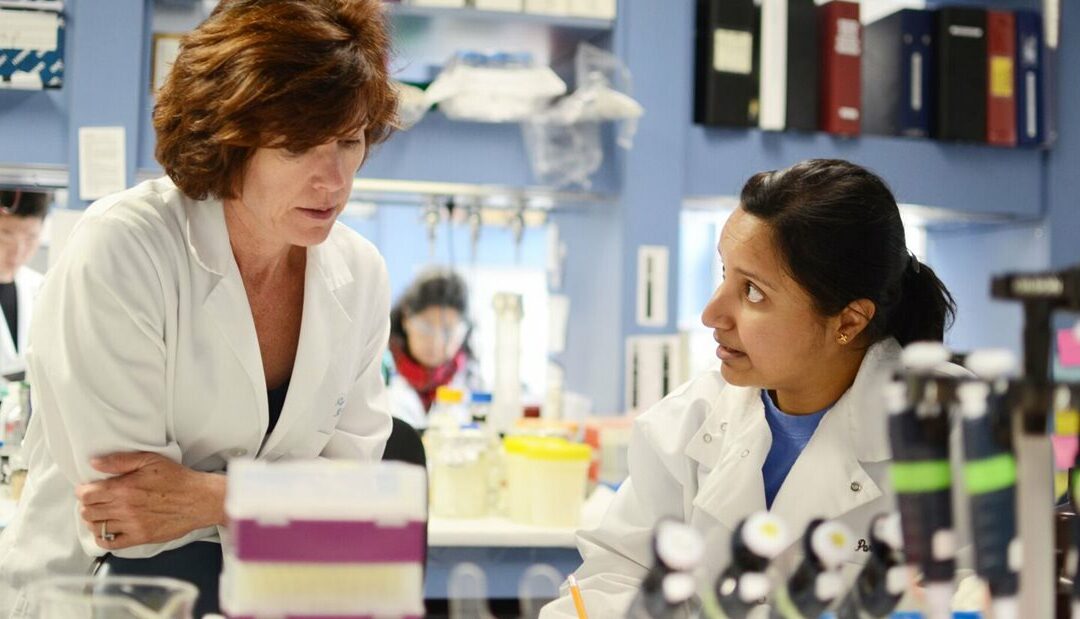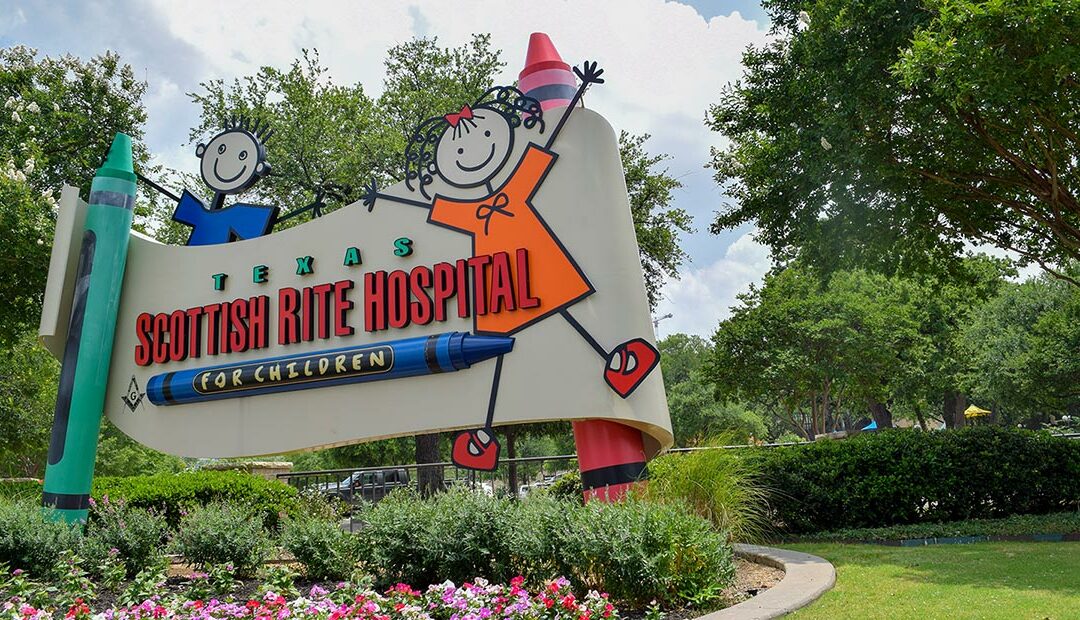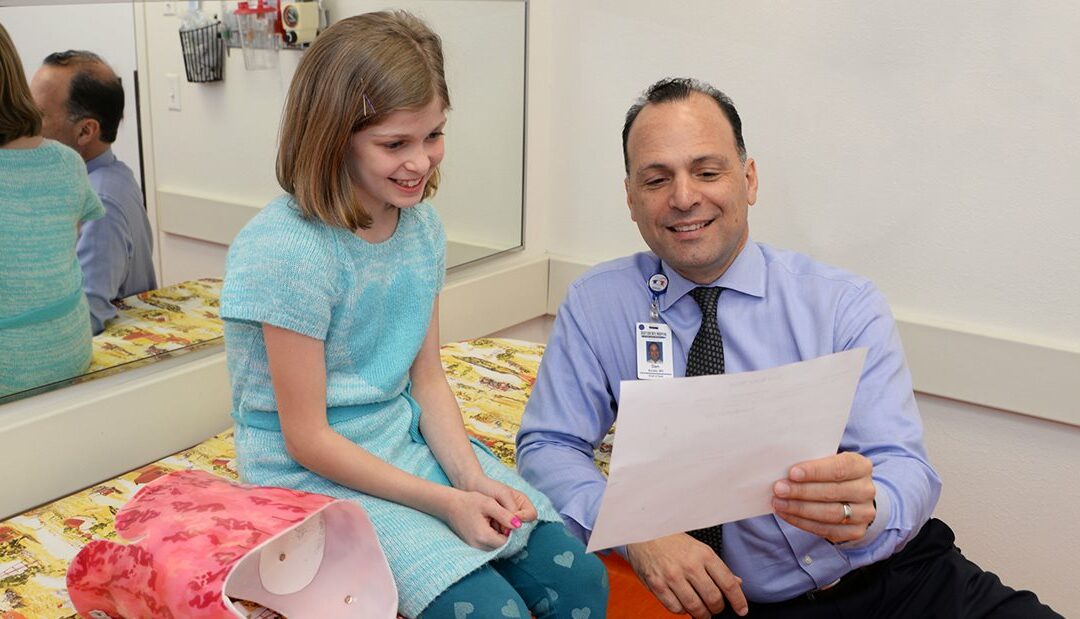
L. Ray Lawson, M.D., International Spine Fellowship: Educating Medical Professionals from Around the World
At Texas Scottish Rite Hospital for Children, we are dedicated to education. The hospital offers several fellowship programs to provide a well-rounded experience for medical professionals interested in pediatric orthopedics. As an institution, it is a privilege for our doctors to have the opportunity to train individuals from all over the world.
One of the renowned programs at Scottish Rite Hospital is the L. Ray Lawson, M.D., International Pediatric Spine Fellowship. This fellowship is in honor of L. Ray Lawson, M.D., for his many years of commitment and dedication to the treatment of pediatric spine disorders. This program is available to postgraduate surgeons who have completed an orthopedic residency. It provides the recipient with the opportunity to rotate, observe our orthopedic surgeons, and work on a spine-related research project.
Recently, a recipient of the L. Ray Lawson, M.D., International Pediatric Spine Fellowship, has completed his time at Scottish Rite Hospital. Ali Parsa, M.D., traveled to Dallas, Texas, from Mashhad, Iran, to spend six months learning from the best in pediatric orthopedics. He worked closely with the Chief of Staff, Daniel J. Sucato, M.D. and Steven Sparagana, M.D., and the spine research team on a neuromonitoring study for Adolescent Idiopathic Scoliosis (AIS). “This program allows the fellow to receive comprehensive training in spinal disorders”, says Assistant Chief of Staff Karl Rathjen, M.D. “It is an honor to have medical professionals traveling from around the world to train at Scottish Rite Hospital – the exchange of ideas enriches all of us and extends the reach of the cutting edge knowledge developed here in Dallas.”
Although Scottish Rite Hospital was a short stop for Dr. Parsa in his medical career, he will be able to take what he has learned back to Iran to continue his research and develop innovative techniques for treating spine disorders. It is an honor to educate physicians like Dr. Parsa, and all of the past and future recipients of this fellowship, to bring better care to children all over the world.


